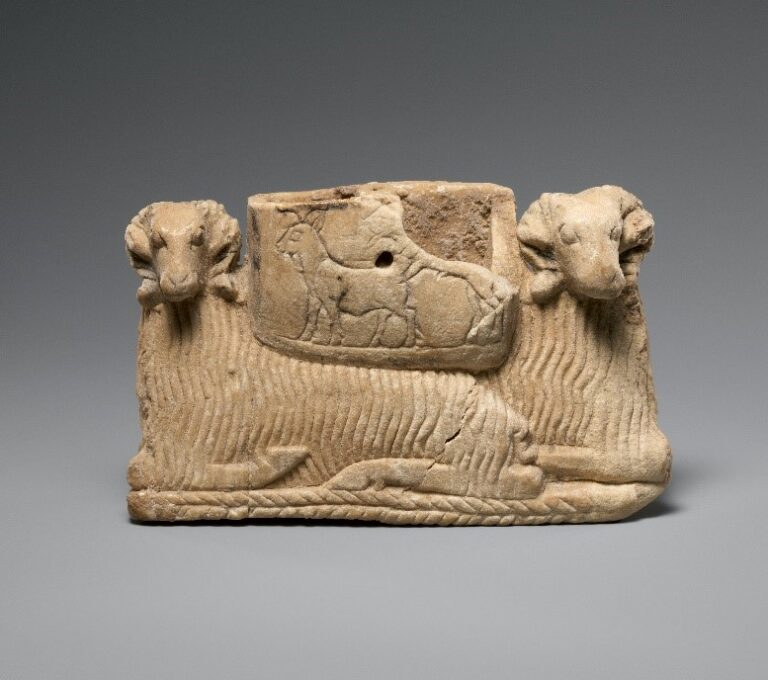This solution advocates the role of the private collector.
Because museum lease models include only a few of the players within the value chain, another option would include a limited participation level for individual collectors who have spending power to generate substantial revenues. Countries of origin have been historically reluctant to lease items to personal collections. However, the bias against collectors ignores the demand that drives the trade, creating a vacuum in which billions of dollars cross through the black market.In one sense this is an old model. Private individuals (and museums) supported bodies such as the Egypt Exploration Fund (see the example of Sir Henry Wellcome) and then received a share of the finds (so-called partage which I have discussed before). Thus the Middle Kingdom blue faience hippopotamus found at Abydos in the EEF's excavations passed into the collection of the Revd William MacGregor (and from there eventually into the George Ortiz collection).
The Milken Institute report suggests that a collector sponsors an archaeological museum whose staff will then conduct excavations.
A portion of the yield would be distributed among all funders through either a loan or, potentially, a purchase, with the most prized and unique pieces staying in the home country. Should the dig produce nothing of salable value, the local museum would use as collateral either excess inventory from previous excavations or the loan of a currently exhibited piece.This immediately raises questions. While archaeological museums are repositories for archaeological material, are they also initiating archaeological work? And should excavations be conducted merely to generate finds that can be passed to the market? And would such excavations favour the type of sites that would produce "museum quality" items? But what about non-elite sites? There is nothing here about a research-driven archaeological strategy. After all, we are dealing with a finite resource.
And who would make the selection of finds? What would be the criteria? Would distribution take place after full study, conservation and publication?
I wonder what the J. Paul Getty Museum feels about the way it is presented in the report.
The Getty Museum, for example, might partner with two private collectors to fund a dig in Italy.Would "source" countries prefer to see an archaeological project sponsored by an institution rather than by private collectors?
There is another issue. Would collectors sponsoring excavations sign up to an ethical code? Would they stop acquiring antiquities that surface on the market without histories (prior to 1970)? Would they apologise if they have acquired such antiquities in the past?



No comments:
Post a Comment